State and Justice throughout History
Description
The History and Citizenship Education program is packed with legal concepts, many of which relate to laws, personal rights and freedoms and the exercise of citizenship. This guide includes 5 PowerPoint presentations and student exercises. It will help you explore these often complex subjects with your students.
Each presentation is paired with a corresponding chapter of the History and Citizenship Education program. Just select the one you want and you’re in business!
Educational objectives
- To enable students to understand that legal systems have been an important aspect of life in society since the very beginnings of civilization
- To compare our present legal system to those of past civilizations such as ancient Mesopotamia, Greece and Rome
- To explain some of the more complex concepts such as separation of powers, presumption of innocence, individual rights and freedoms and the process of reforming and amending laws
Suject and suggested subject-specific competencies
History and Citizenship Education
|
Module 1: Hammurabi, the State and Justice Chapter: The Emergence of a civilization (SP 2) |
|
Explains the meaning and purpose of rules and conventions in society. Explains the concept of the State to facilitate the presentation of the concept of the city-state. Compares the Mesopotamian vision of justice with our own by looking at several articles of the Code of Hammurabi. |
|
Module 2: Democracy: In Athens and in Québec Chapter: First experience of democracy (SP 3) |
|
Explains the differences between a democracy and a dictatorship. Compares Athenian society circa 500 BCE to modern-day Quebec, as well as the differences and similarities in both societies as regards the implementation of laws. |
|
Module 3: Roman Empire, political organization and the foundation of a legal system Chapter: Romanization (SP 4) |
|
Explains the three successive political regimes in Rome. Introduces students to the two Roman codes of law (the Twelve Tables and the Justinian Code) and the major principles of law introduced by these codes. Examines the influence of the Roman vision of law on Canadian law today. |
|
Module 4 Chapter: The American or French revolution (SP 9) |
|
Explains Montesquieu’s complex concept of the separation of powers, an idea that prevailed in both revolutions and that still applies today. |
|
Module 5 Chapter: Winning of civil rights and freedoms (SP 12) |
|
Looks at individual rights and discrimination. Explains the Canadian and Quebec human rights charters, our rights under those charters in the event of discrimination and our recourses if those rights are infringed. Last activity: How laws are reformed and amended today. |
Culture and Citizenship in Québec - Secondary
Secondary I
Cultural realities and compulsory main concepts: Identities and belonging - Socialization.
Compulsory specific concepts, and related topics and examples: Civic role.
Cultural realities and compulsory main concepts: Collective life and public space - Citizenship and Civic participation.
Compulsory specific concepts, and related topics and examples: Common legal framework, Civic participation.
Secondary II
Cultural realities and compulsory main concepts: Democracy and social order - Democracy and Democratic institutions in Québec and Canada.
Compulsory specific concepts, and related topics and examples: Rule of law, Power judicial (courts).
Secondary IV
Cultural realities and compulsory main concepts: Justice and the law - Justice and Legal and judicial institutions.
Compulsory specific concepts, and related topics and examples: Principes of justice, Types of justice, Courts and legal recourse, Charter of Rights and Freedoms.
- Competency 1: Studies cultural realities:
- Analyzes social relations:
- Characterizes relations between individuals, groups and institutions.
- Situates these relations in time and space.
- Draws up findings.
- Analyzes social relations:




